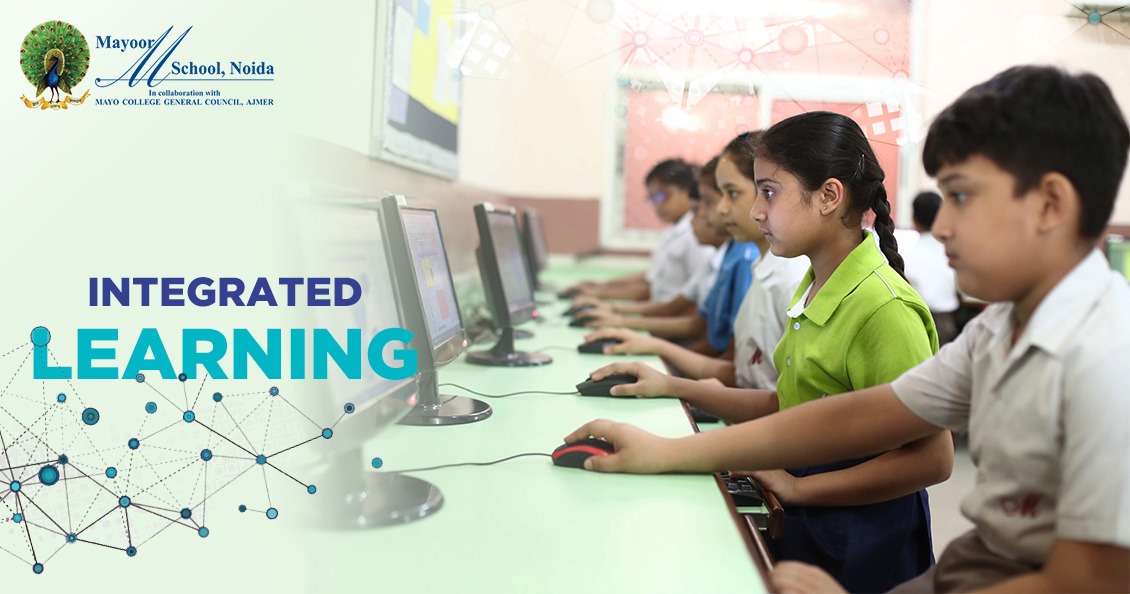
Table of Contents
Integrated learning is an educational approach that blends multiple subjects into a unified, meaningful learning experience. It helps students connect ideas across disciplines, apply knowledge in real-life situations, and develop essential skills like critical thinking and collaboration, making learning more relevant and engaging.
Understanding Integrated Learning
Integrated learning connects multiple subjects to provide a holistic, real-world education, enhancing critical thinking, creativity, and deeper understanding through interdisciplinary strategies and integrated curriculum benefits.
Key Features and Principles of Integrated Learning
Integrated learning builds interdisciplinary connections by blending subjects, uses inquiry-based methods to spark curiosity, and ensures real-world relevance by applying knowledge to practical contexts. These principles foster holistic development, deeper understanding, and critical thinking, making learning more meaningful and connected for students.
How Integrated Learning Works
Integrated learning blends subjects to create meaningful connections, helping students apply knowledge practically. At Mayoor School Noida, it fosters creativity, critical thinking, and real-world problem-solving skills.
Integrated Learning in the Classroom
At Mayoor Noida, integrated learning blends subjects seamlessly through a well-designed curriculum and interactive teaching strategies. This approach fosters critical thinking and real-world application by connecting concepts across disciplines, making learning more engaging and meaningful for students in the classroom.
Examples of Integrated Learning Approaches
Examples of Integrated Learning Approaches
- Students create a joint project combining Science and English by researching environmental issues and presenting reports.
- A thematic unit on “Ancient Civilizations” links History, Geography, and Art, enabling deeper understanding through multiple perspectives.
- Math and Technology classes collaborate on coding projects that solve real-world problems.
- Art and Literature merge in storytelling sessions where students illustrate and narrate their own stories.
Benefits of Integrated Learning for Students
Integrated learning helps students connect different subjects, enhancing understanding, creativity, and problem-solving skills, preparing them for real-world challenges with confidence and collaboration.
Academic Advantages
A strong academic environment enhances students’ understanding by presenting concepts clearly and engagingly. This approach improves knowledge retention through interactive learning and regular practice. Additionally, students develop the ability to apply what they learn effectively in practical situations, leading to better problem-solving skills and academic success.
Development of 21st Century Skills
At Mayoor Noida, integrated learning nurtures 21st-century skills by blending critical thinking, creativity, collaboration, and communication. This holistic approach equips students to adapt, innovate, and thrive in a dynamic global environment, preparing them effectively for the challenges of the modern world.
Real-World Relevance and Engagement
Integrated learning connects education to real-life challenges, making lessons more practical and meaningful. This approach increases student motivation and engagement by helping them see the relevance of their studies, encouraging active participation and better preparing them for real-world situations.
Challenges and Considerations
Implementing integrated learning requires balancing curriculum alignment, teacher training, resource availability, and student engagement, while ensuring holistic development and adapting to diverse learning styles.
Implementation Barriers
- Insufficient teacher training on new methodologies: Many schools struggle to equip teachers with the skills needed for integrated learning. Without proper training, educators may find it difficult to deliver interdisciplinary lessons effectively.
- Difficulty in aligning assessment methods with integrated curricula: Traditional assessments often don’t capture the depth of integrated learning. Schools face challenges in designing evaluations that reflect students’ understanding across subjects.
- Limited resources and infrastructure support: Integrated learning requires access to diverse materials and flexible learning spaces. Schools with restricted budgets may find it hard to provide these necessary resources.
- Resistance to change among staff and students: Shifting from conventional teaching to integrated learning can meet resistance. Both educators and students may be hesitant to adapt to new approaches and collaborative models.
- Time constraints for collaborative planning and execution: Integrated learning demands significant planning time for teachers to coordinate. Busy schedules and administrative duties often limit the availability for such collaboration.
Strategies for Successful Integration
To implement integrated learning effectively, educators should design interdisciplinary lesson plans that connect concepts across subjects. Institutions can foster collaboration through team teaching and regular training sessions. Incorporating project-based learning and using real-world examples enhance engagement and understanding. Continuous assessment and feedback ensure alignment with learning goals.
Integrated Learning vs. Traditional Learning
|
Aspect |
Integrated Learning |
Traditional Learning |
|
Learning Approach |
Interdisciplinary, connects multiple subjects and real-life contexts. |
Subject-focused, teaches each subject separately. |
|
Student Engagement |
Active participation through projects and collaboration. |
Passive learning, mainly listening and memorization. |
|
Skill Development |
Builds critical thinking, creativity, and communication skills. |
mphasizes rote memorization and factual knowledge. |
|
Assessment |
Continuous and varied assessments like presentations and projects. |
Exams and quizzes focusing on recall of information. |
|
Teacher Role |
Facilitator and guide encouraging exploration. |
Primary source of information delivering lectures. |
Also Read: Online Education vs Offline Education: What Works Best for Students?
Conclusion
Integrated learning fosters holistic student development by blending academic knowledge with practical skills, creativity, and critical thinking. This approach nurtures well-rounded individuals prepared for real-world challenges. Encouraging collaboration between educators and parents, integrated learning ensures a balanced growth that supports both intellectual and personal success.
Frequently Asked Questions
Q1. What are the main goals of integrated learning?
Ans. Integrated learning aims to connect different subjects and real-world experiences, fostering critical thinking, creativity, and problem-solving skills to help students understand concepts holistically rather than in isolation.
Q2. How does integrated learning prepare students for the future?
Ans. It equips students with interdisciplinary knowledge and practical skills, encouraging adaptability and innovation—essential traits for success in an ever-changing world and diverse career paths.
Q3. Can integrated learning be applied at all grade levels?
Ans. Yes, integrated learning is adaptable and can be effectively implemented across all grade levels, tailoring complexity to age and developmental stage to maximize engagement and understanding.
Q4. How is integrated learning implemented at schools like Mayoor School, Noida?
Ans. Mayoor School combines thematic projects, experiential activities, and collaborative learning to create an enriching environment where students actively link concepts across subjects for deeper understanding.
